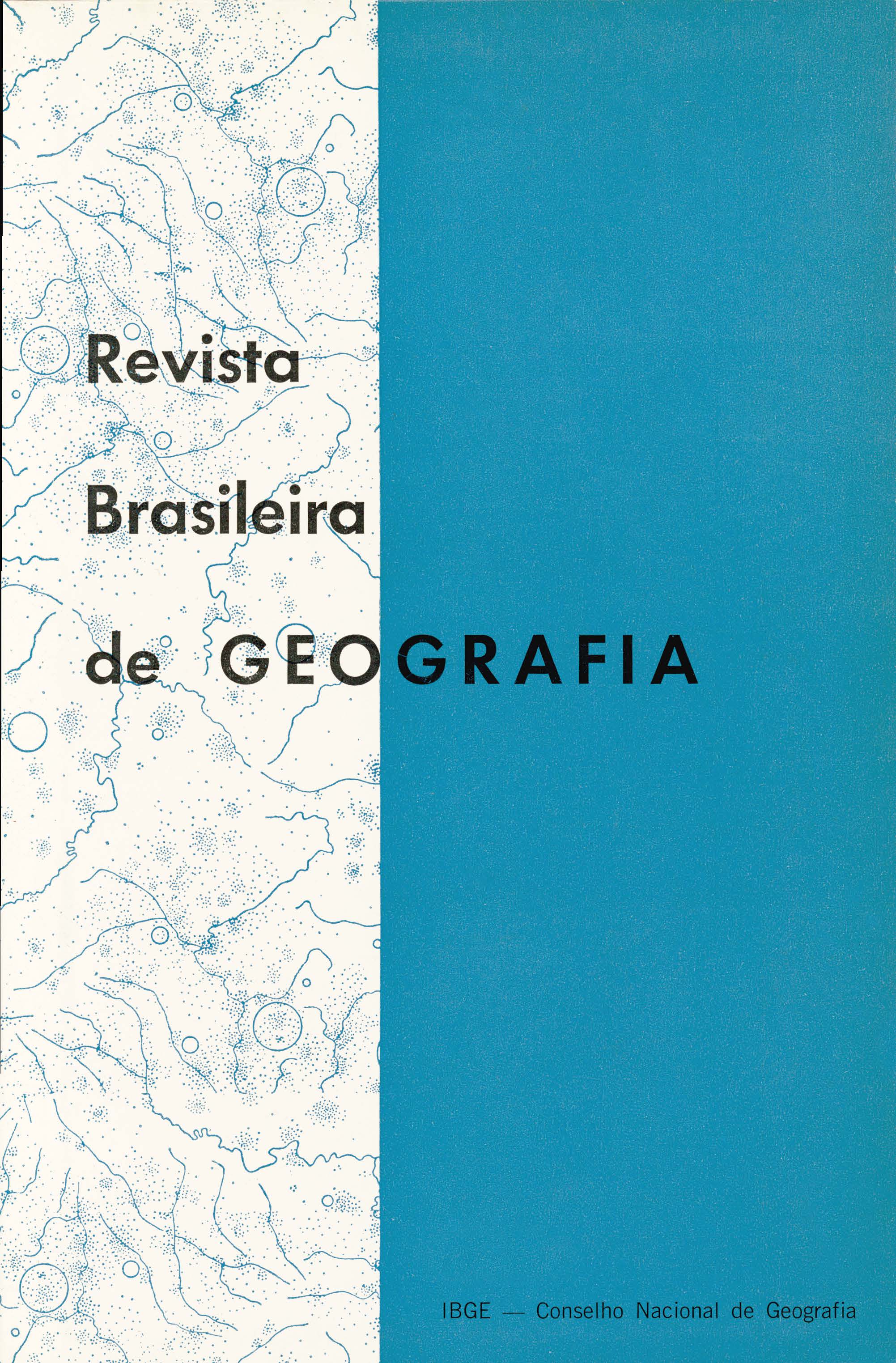Análise da precipitação na Região do Cariri cearense : contribuição ao estudo da climatologia dinâmica no Nordeste brasileiro
Keywords:
Brasil, Nordeste, Ceará, Cariri - CE : Microrregião, Precipitação - Meteorologia, ClimatologiaAbstract
The analysis method of this search constitutes one more experience into the concept of dynamic analysis, which leads the modern studies of climatology. It is supposed that the results may contribute to better knowledge of Brazil climatic conditions in its general aspect, and of the Northeast Region in particular.
In he Cariri region (State of Ceará) the thermic conditions weren't considered, for treating of a warm semi-arid climate of tropical type, under low latitude, the climatic variation and variability only affects, in an important way, the rainfall regime. For such search were chosen three pluviometric stations in the three considered regional "categories": Caririaçu (located in the "wet" Cariri), Farias Brito ("dry" Cariri) and Jati ("transition" Cariri). From these three station were selected information of 24 consecutive years.
Cariri is a region of scarce rainfall. This insufficiency is rather originated from the yearly irregularity or variability, than from its standard rates or higher frequency rates. Though these rates of yearly precipitation are so high, considering a region of semi-arid climate, the precipitation there is liable to deviations and fluctuations considered the highest of the world.
This deficiency is aggravated by a remarkable occurrence verified in the pluvial regime, as in the years of positive deviations, as in the years of negative deviations, which is characterized by a concentration of rainfall in three or four months, remind, in certain aspects, the coming of the monsoon in Southeast Asia.
Although the pluviometric amounts of the rainy season are of noticeable variability, when compared year by year, the incidence of rain occurs nearly always from the middle of the summer to the middle of autumn. About this phenomenon the A. can say that the rainfall yearly regime in Cariri region is regular, consisting of a positive aspect of its climate.
Along with a precipitation density concentrate is always following a dry season, whose duration is characterized by an exceptional variability. In certain years, beside being much long, in such a way that the rainy season is reduced to three or even two months, it is yet much intense, characterizing by an almost complete lack of precipitation. On the other hand, in some years, the rainy season is extended for six or seven months, diminishing therefore the dry season. In some cases, although the rainy season is kept short, the dry season is characterized by presenting some considerable precipitations that, in such cases, come to break off once or twice the dry season. Considering this facts, both the fluctuation (or deviation) of the pluvial regime and the durability of the dry season are presented as completely irregular, there being any tendency to periodicity.
In the Cariri region, both in relation to yearly precipitation and the rainy season indicators, as yet in relation to the intensity and duration of the dryness in the three representative stations of the so called “wet” Cariri, “dry” Cariri, and “transition” Cariri, Caririaçu place is that one which presents a weak condition of semi-aridness. It follows, from what was said, that in the Cariri region the acknowledgment of an ecological and physiognomic division, expressed by designation of wet Cariri, dry Cariri and transition Cariri, didn’t derive necessarily from a climatological differentiation. It is probable that the water ground outcrops, due to the inclination of the rocky layers and to the differentiation of absorption capacity of water, on the part of the underground layers had, in this case, an important role.
The yearly pluviometric fluctuation and the dryness durability and intensity present practically the same trend in the three places. This outpoint that the three places are, with the same frequency, exposed to the same simultaneous dynamic phenomena of atmospheric disturbance, then being as pertaining to the same climatic region.






